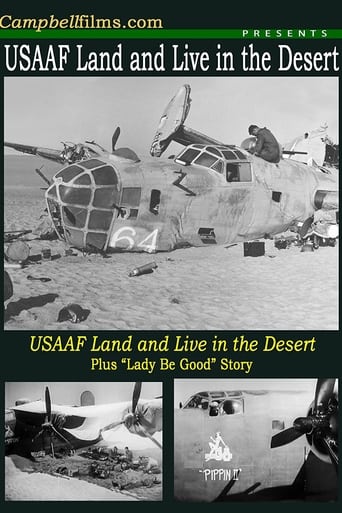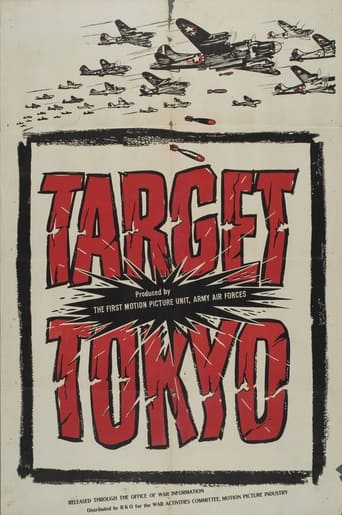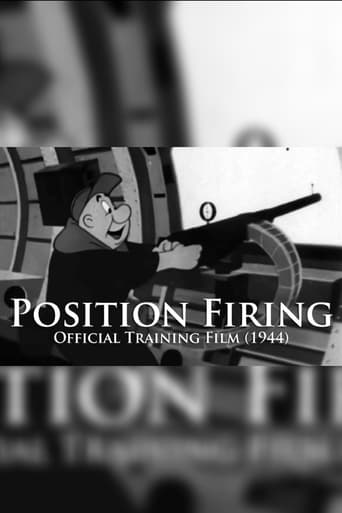How to Fly the B-26 Airplane 1944
Documentary feature film depicting the training of young Lieutenant Jim Anthony as a pilot of the B-26 Marauder bomber. Dick, the captain charged with pilot instruction, leads Jim through every aspect of preparation to fly the bomber, going through a detailed checklist of pre-flight procedures, long before he allows Jim to turn an engine over. Once preparations are completed, Dick shows Jim the process of starting the engines, followed by take-off. In the air, further instruction helps Jim understand the various limits and capabilities of the aircraft. When one engine fails, Dick must simultaneously guide the limping plane back to a safe landing and explain to Jim each step of the procedure.








